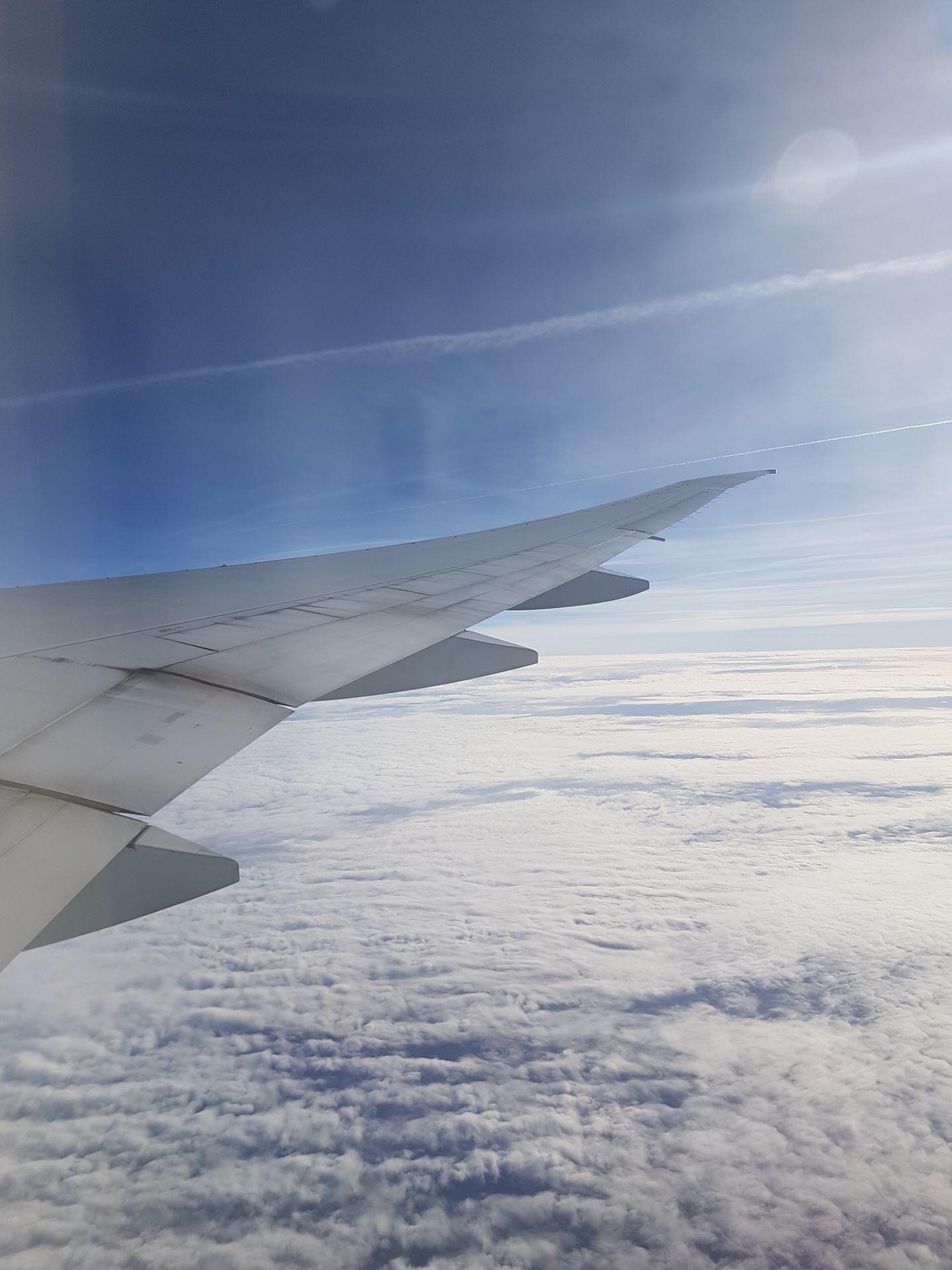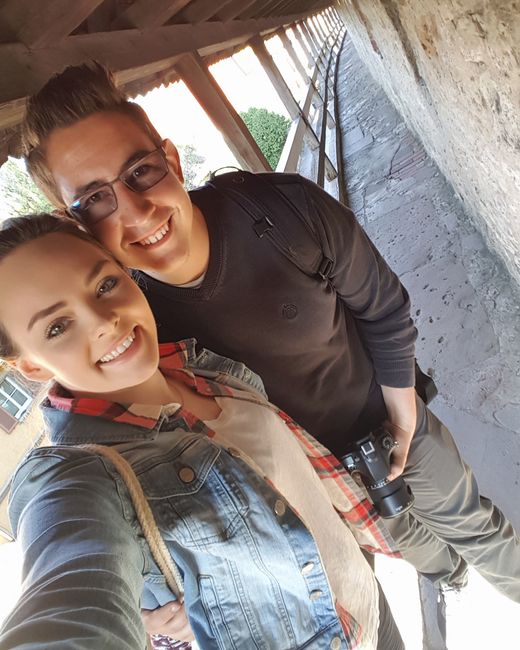23/07/2018 - Whakatane and the Maori
Გამოქვეყნდა: 27.08.2018
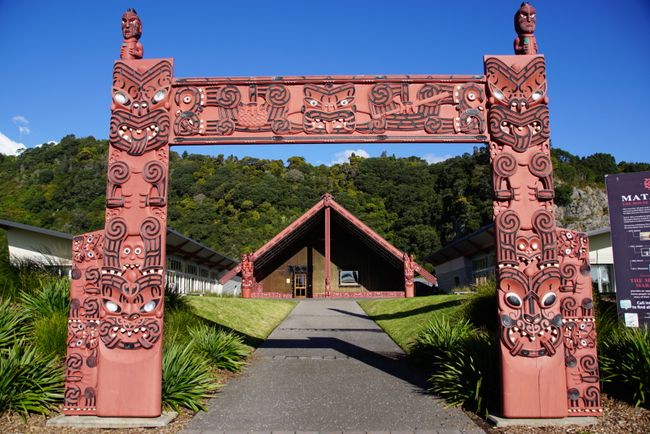
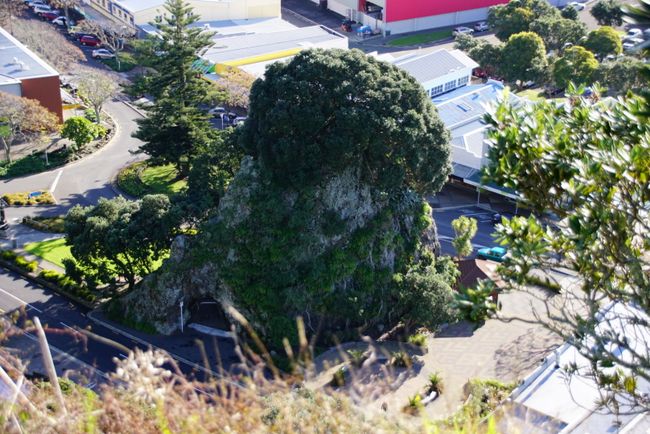
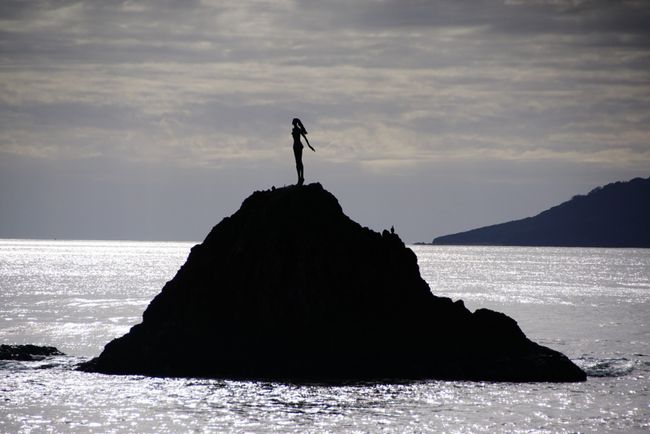
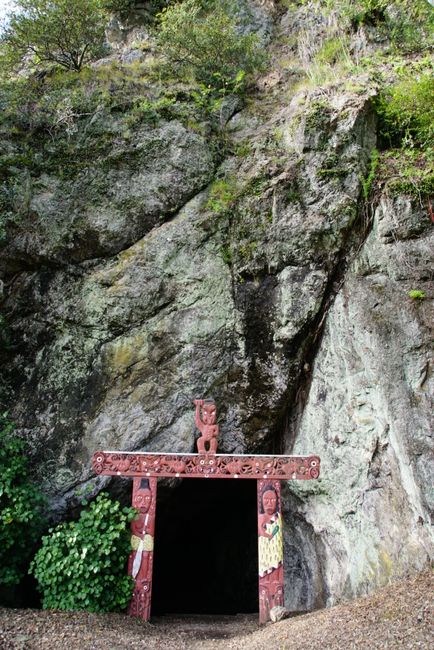
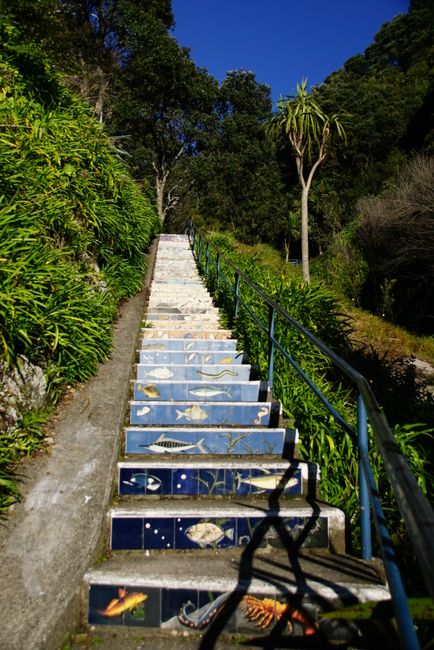
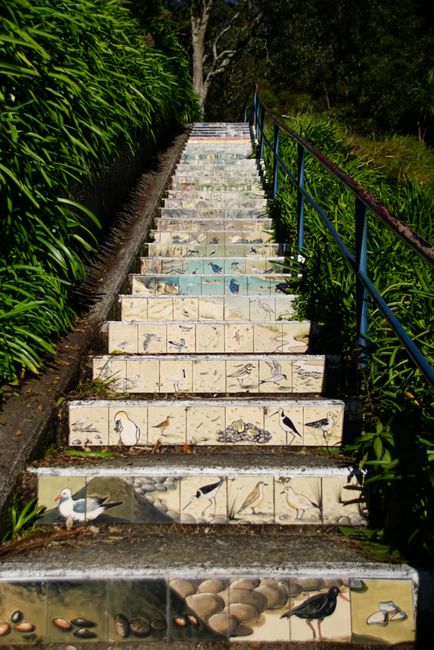
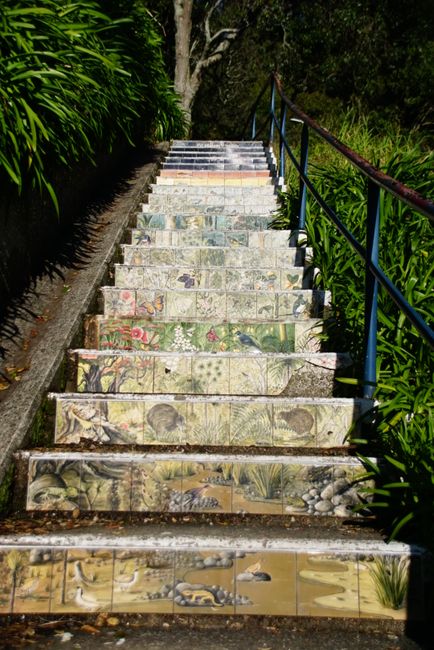
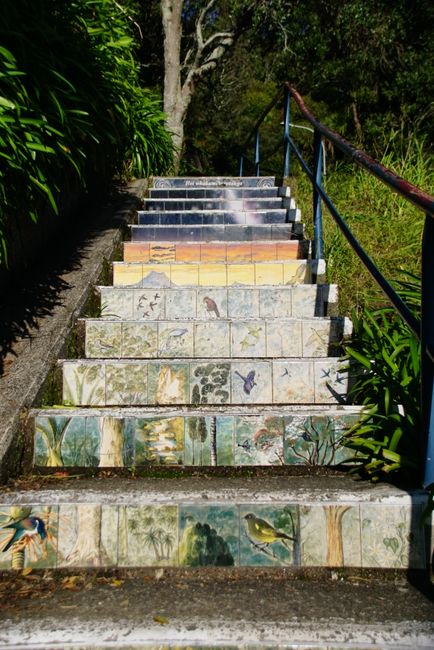
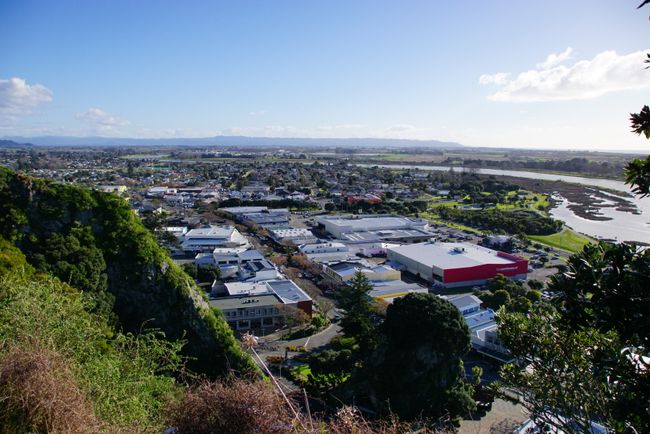
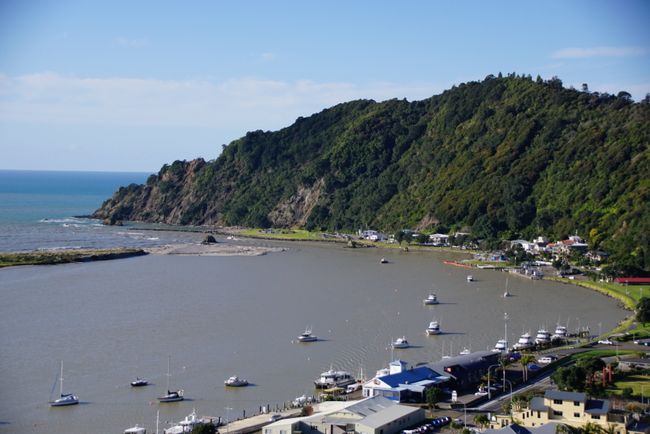
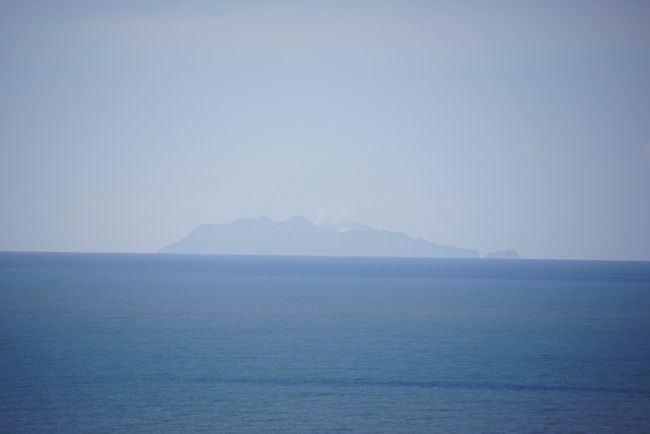
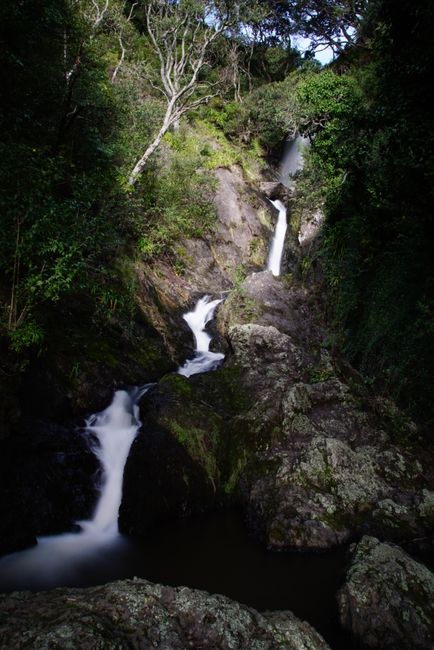
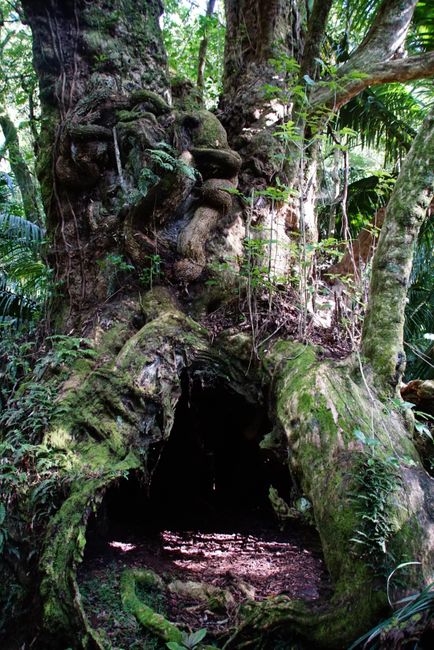
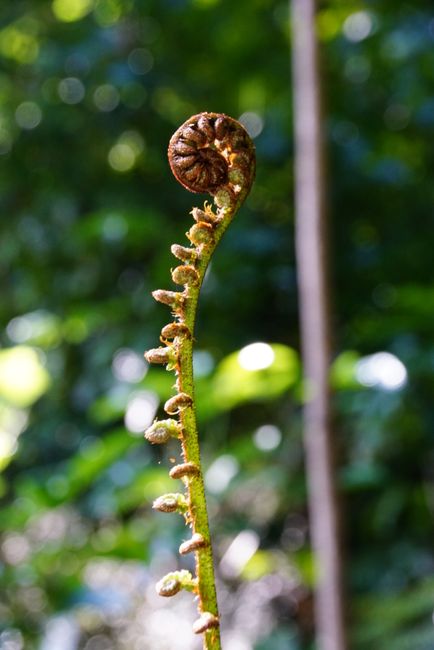
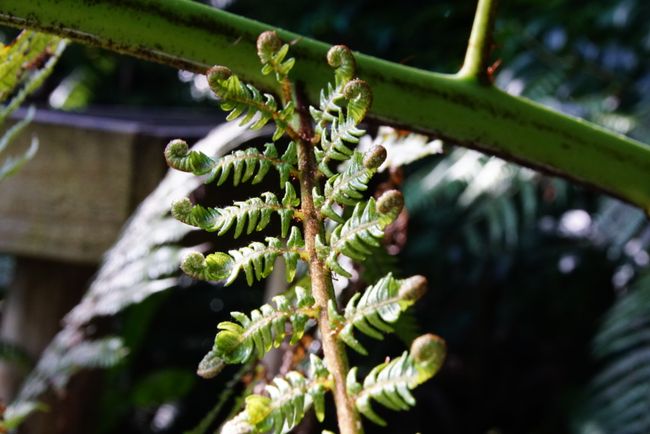
Გამოიწერეთ Newsletter
In the past few days, we have covered several kilometers - from "Gisborne" to "Opotiki" via the "East Cape" (about 360km). There, we visited a beautifully landscaped garden that houses various plants from all over New Zealand. Through our many hikes, we have become quite familiar with the New Zealand bush. However, one tree impressed us particularly - the 2,000-year-old "Puripuri" tree. It has been a long time since members of the local Maori tribe were buried under it. Yet, to this day, this impressive, gnarled tree holds spiritual and significant meaning for the indigenous people of New Zealand.
Afterwards, our journey continued to the coastal town of "Whakatane," located 50km away. The seaside village, pronounced fo-ka-ta-ne, boasted an affordable campsite where we settled for three nights. We used the time to continue writing our blog and explore the town a bit more.
The 20,000-strong community still maintains a strong connection to the Maori. We observed this in several places:
- In the city center stands the "Pohaturoa," a huge rock around which streets have been built. In the past, baptisms, weddings, and celebrations were held near this rock. The Treaty of Waitangi was also signed by the local tribal leader at this significant location.
- A few meters away is a large "Marae," consisting of several buildings and facilities that are associated with a specific tribe, sub-tribe, or family. They are adorned with carvings, with the "Wharenui" (= meeting house) symbolizing the structure of a human. Here, as the name suggests, meetings are held, as well as anniversaries and other important tribal events. However, the community also gathers in this building for funerals and other significant tribal occasions. It is important to remove shoes before entering a Wharenui, and the consumption of food and drinks is not allowed.
- Furthermore, the statue of "Wairaka" adorns the entrance to the harbor. About 800 years ago, a large "Waka" (= canoe) docked near the present-day city. The men disembarked to greet the local tribe, but the canoe, along with the women, drifted away with the incoming tide. Wairaka, the daughter of a tribal chief, recognized the danger and loudly exclaimed, "E! Kia whakatane au i ahau!", which means "Let me act like a man!" She then broke a tapu (= taboo) and took control of the Waka, traditionally a task reserved for men, thus saving all the occupants of the canoe - and giving the present-day city its name. :) We parked our car multiple times at the entrance to the harbor and admired the statue in front of the stormy sea. However, patience is required to take a beautiful picture of her, as the bronze figure is often visited by many seagulls. ;)
To get an overview of the entire city, we climbed to the "Waiewe Camellia Park." The steep ascent is mostly done by stairs. 43 steps have been transformed into an impressive artwork by local artists. Using tiles, they depict the flora and fauna of New Zealand - "... from the bottom of the sea, through beach, wetland, bush and sky, ending in a starscape." A very innovative and appealing work that we had to look at twice.
Arriving at the lookout, the view was definitely worth it. The view over the city, the surrounding land, and the mouth of the "Whakatane River" into the Pacific Ocean was amazing. Even "White Island" could be seen in the distance. The volcanic island off the coast of New Zealand was showing its usual activity, with large clouds rising above it.
Back in the center of Whakatane, we visited the waterfall named "Wairere Falls." At this spot, the water cascades down several levels through a narrow gorge. Due to the heavy rainfall in recent days, impressive amounts of water were making their way into the valley. But it wasn't just the waterfall that became more exciting due to the ongoing rain. The majority of the pitches at our campsite were located on untouched grass. As a result, campers regularly got stuck in the waterlogged lawn! The climax of this debacle came when the campsite owner's SUV also nearly got stuck in the mud during a rescue operation. But in the end, he managed to free it from the mucky ground, much to the distress of the grass...
Გამოიწერეთ Newsletter
Უპასუხე (2)
Wolfgang
Wieder mal soooo schöööne Bilder!Christiane
Juhuuu....ich habe wieder aufgeholt. Hat mir sehr gefallen, die kleine gedankliche Auszeit. Viel Spaß noch in den letzten Wochen auf dieser tollen Insel.
Მოგზაურობის ანგარიშები Ახალი ზელანდია
